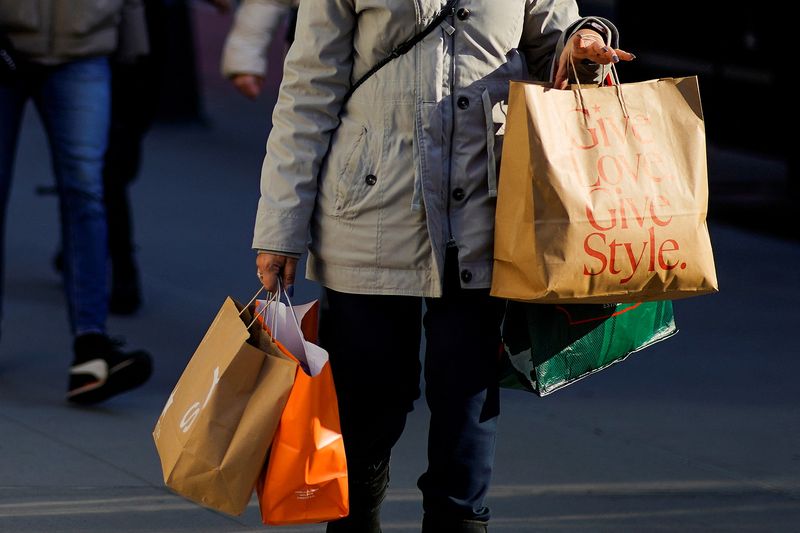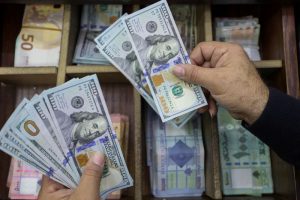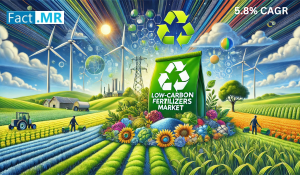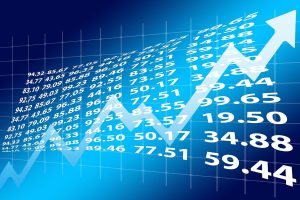
By Lucia Mutikani
WASHINGTON (Reuters) -U.S. consumer spending increased in November amid strong demand for a range of goods and services, underscoring the economy’s resilience, which saw the Federal Reserve this week projecting fewer interest rate cuts in 2025 than it had in September.
There was also good news on inflation last month after a series of warmer readings. The report from the Commerce Department on Friday showed moderate monthly rises in prices, with a measure of underlying inflation posting its smallest gain in six months. Nonetheless, the annual increase in core inflation, excluding food and energy, remained stubbornly well above the U.S. central bank’s 2% target.
There are also worries that plans by President-elect Donald Trump’s incoming administration to cut taxes, impose or raise tariffs on imports and deport millions of undocumented immigrants would stoke inflation.
“The economy continues to grow from strong consumer demand as income growth and the wealth effect from higher portfolio values give consumers capacity to spend,” said Jeffrey Roach, chief economist at LPL Financial. “Inflation was more benign than expected but the stickiness of some categories supports the Fed’s hesitancy to materially lower rates next year.”
Consumer spending, which accounts for more than two-thirds of U.S. economic activity, rose 0.4% last month after a downwardly revised 0.3% gain in October, the Commerce Department’s Bureau of Economic Analysis said.
Economists polled by Reuters had forecast consumer spending advancing 0.5% after a previously reported 0.4% rise in October.
The nearly broad-based increase in spending was led by new motor vehicles, likely in part as households replaced vehicles damaged during Hurricanes Helene and Milton. That accounted for the bulk of the 0.8% rebound in goods outlays.
Spending on recreational goods and vehicles also rose as did outlays on financial services and insurance, mostly charges, fees and commissions. There was also increased spending on recreation services, healthcare, clothing and footwear, furniture as well as housing and utilities.
Spending at restaurants and bars as well as on hotel and motel stays also increased. Spending on services rose 0.2%.
When adjusted for inflation, consumer spending rose 0.3% after edging up 0.1% in October. The so-called real consumer spending is running at an annualized rate of 3.1% in the first two months of the fourth quarter.
“That will lay the foundation for another very solid GDP number for the fourth quarter,” said Lou Crandall, chief economist at Wrightson ICAP.



